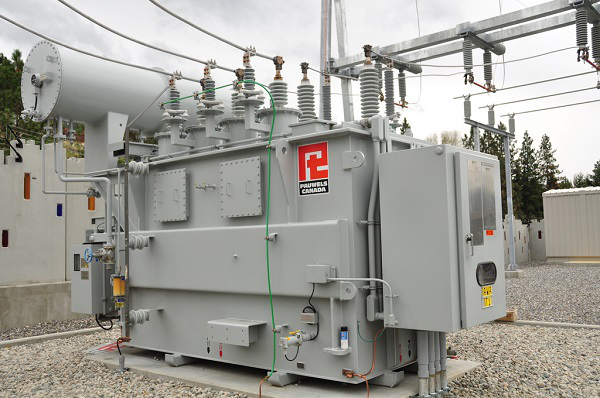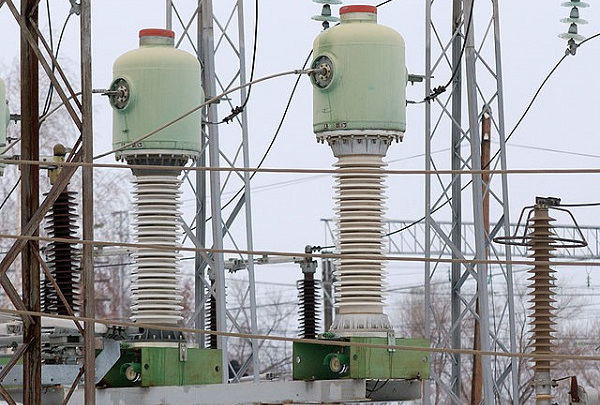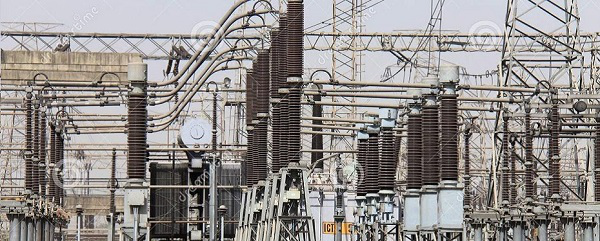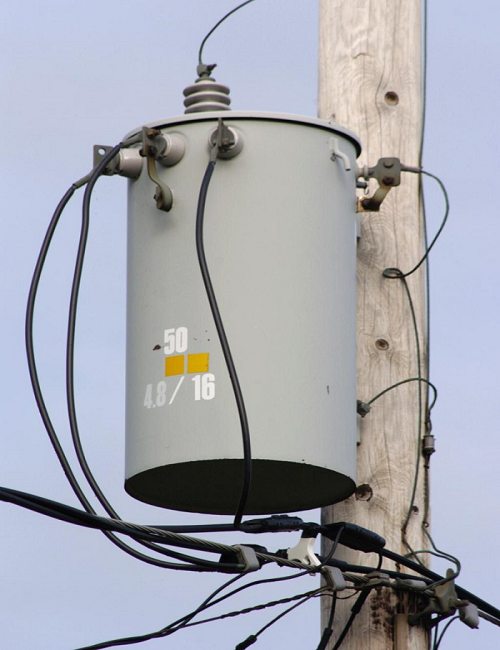Transformers based on Usage
Transformers based on Usage
There are transformers which are classified depending upon the applications they have. Many of these transformers are large and bulky. Most of them are used by the Electricity department.
Power Transformers
The Power transformers are used in high power transfer applications for both step-up and step-down applications, where the operating voltages are more than 33KV generally rated above 200MVA. The flux density is much higher for them.
All the transformers that are used for power control applications such as laminated core transformers, toroidal transformers, variable auto transformers, polyphaser transformers, stray leakage transformers come under this category.

These are usually big in size depending upon the power handling capacity and its application. These transformers are available in three phase or single phase type. As these transformers are bulky, they are placed in large open area. These transformers tend to provide 100% efficiency in full load applications.
Advantages
- They have high insulation level.
- Noise is low.
- They are highly efficient.
- High voltage rated ones to handle high power applications.
Applications
- They are used in power generation systems.
- They are used in transmission sub stations.
Measurement Transformers
The Measurement transformers are used for measuring high voltage and high currents. These are mostly helpful in isolating the circuits from them. Usually, the Primary of a transformer is connected with high inputs of voltages and currents whereas Secondary of the transformer is connected to some relay or circuit which has to be provided some isolation.
These are mainly of two types, Current transformers and Voltage transformers. Let us have a look at each of them.
Current Transformer
The Current transformers provide current in the secondary circuit proportional to the current in the primary circuit. These are used in protective relays and for measurement purposes.
A single turn primary winding is passed through a well-insulated toroidal core transformer which is wounded with many turns, which makes a Current Transformer. This is always connected in series.

The secondary winding can be designed to provide single output or it may have several tapping for different values. Care must be taken that the secondary winding is connected to its load having low impedance, while current flows in primary. This is to avoid sudden high voltages in open circuited secondary which might permanently damage the accuracy of the transformer.
Voltage Transformers
The Voltage Transformers provide voltage in the secondary circuit proportional to the voltage in the primary circuit. These transformers are also called as Potential Transformers. These are connected in parallel to the circuit.
The primary of this transformer may have phase to phase connections but the secondary will have one terminal to ground. The figure below shows an image of a voltage transformer.

There are three main types of a voltage transformers. They are
-
Electromagnetic − uses a wire wound transformer having good flux linkages.
-
Capacitor − uses a capacitor with potential divider network.
-
Optical − makes use of electrical properties of optical materials.
The voltage transformers are used in protective relays and for measurement purposes and also for phasor phase shift isolation.
Protection Transformers
These transformers are very accurate than measuring transformers, as these are used only to protect the circuits from high voltages and currents. The primary of these transformers are connected with high inputs whereas the secondary of the transformer keeps the circuit or relay, isolated from the sudden spikes or surges which might damage the circuit.
Distribution Transformers
The Distribution transformers are used for distribution of electrical energy at end-user level. The operating voltages are around 33KV for industrial purposes and 440v-220v for domestic purposes. These are generally rated below 200MVA.
The large three phase auto transformers used in power distribution and the oil-cooled transformers also come under this category. The figure below shows an image of a distribution transformer.

These transformers are usually smaller in size compared to power transformers. These transformers are placed in open but are not fully loaded like power transformers.
Advantages
- They are small in size.
- They are easy to install.
- These transformers have low magnetic losses.
Disadvantages
- These transformers have low efficiency.
- They are not fully-loaded.
Applications
They are used for distributing electricity in various areas like houses, farm yards, lands, railways, wind farms etc.
Frequently Asked Questions
Recommended Posts:
- Basic Electronics Tutorial
- Basic Electronics - Materials
- Basic Electronics - Energy Bands
- Basic Electronics - Semiconductors
- Basic Electronics - Hall Effect
- Basic Electronics - Resistors
- Circuit Connections in Resistors
- Basic Electronics - Non linear Resistors
- Basic Electronics - Linear Resistors
- Basic Electronics - Fixed Resistors
- Basic Electronics - Capacitors
- Circuit Connections in Capacitors
- Basic Electronics - Variable Capacitors
- Basic Electronics - Fixed Capacitors
- Basic Electronics - Polarized Capacitors
